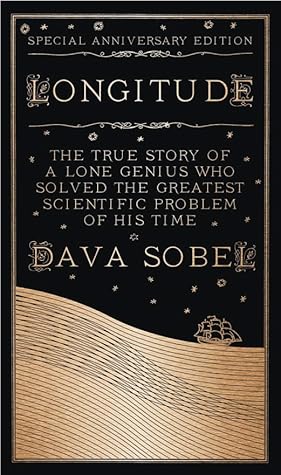More on this book
Community
Kindle Notes & Highlights
If enough signal boats, therefore, were stationed at strategic points from sea to sea, sailors could gauge their distance from these stationary gun ships by comparing the known time of the expected signal to the actual shipboard time when the signal was heard. In so doing, providing they factored in the speed of propagation of sound, they would discover their longitude.
This description owes its quaint sound partly to its antiquity, and partly to ambiguity. Harrison, according to those who admired him most, never could express himself clearly in writing. He wrote with the scrivener’s equivalent of marbles in the mouth.
When John Harrison arrived in London in the summer of 1730, the Board of Longitude was nowhere to be found. Although that august body had been in existence for more than fifteen years, it occupied no official headquarters. In fact, it had never met.
Harrison issued a hailstorm of objections in a six-penny booklet published at his own expense—though doubtless with the help of a ghost writer, since the diatribe is written in clear, plain English.
“The worst job was the last,” he confessed, “adjusting the little steel check-pieces on the balance-springs; a process which I can only describe as like trying to thread a needle stuck into the tailboard of a motor-lorry which you are chasing on a bicycle. I finished this, with a gale lashing the rain on to the windows of my garret, about 4 P.M. on February 1st, 1933—and five minutes later No. 1 had begun to go again for the first time since June 17th, 1767: an interval of 165 years.”


